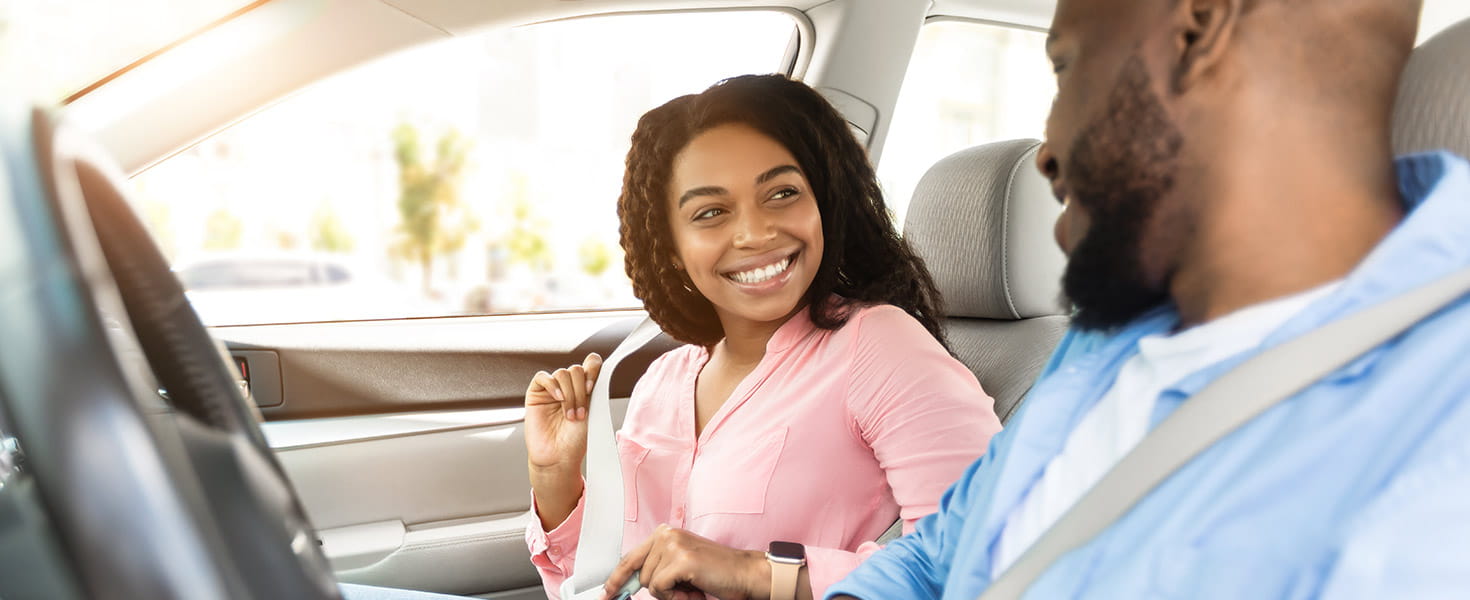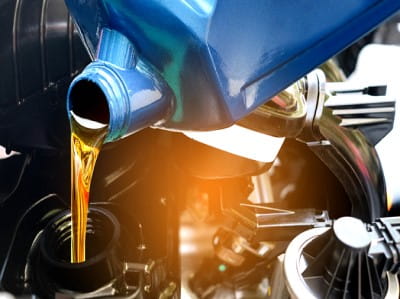
SEAT BELTS AND AIR BAGS
Taking just a few moments to buckle up before heading out can mean the difference between living and dying in a motor vehicle crash.
With the exception of New Hampshire, all states and the District of Columbia require adults to use seat belts while seated in the front seat. Adult rear-seat passengers are covered by laws in 32 states and the District of Columbia.
Actual seat belt use varies widely from state to state, due to factors such as differences in public attitudes, enforcement practices, legal provisions, public information and education programs. The national use rate is roughly 90%, according to the National Highway Traffic Safety Association. (NHTSA)
NHTSA estimates that seat belt use in passenger vehicles saves nearly 15,000 lives a year. Research has shown that buckling up in the front seat of a car can reduce the risk of fatal injury by 45% and moderate to critical injury by 50%. According to NHTSA, seat belts reduce the risk of fatal injury to drivers and occupants of pickup trucks, SUVs and vans by 50%.
Traffic Safety Programs & Materials
Seat Belt Tips:
Do
- Place lap belt low and snug across hips.
- Place shoulder belt across chest and collarbone. Ensure it’s snug.
- Sit upright and with your back against the seat.
- Place children in the backseat with the appropriate child safety seat.
Do NOT
- Place belt across stomach
- Place belt behind back or under arm
- Recline seat
- Allow children under age 13 to sit in the front seat
Air bag tips:
- Sit back at least 10 inches from the steering wheel and dashboard. Air bags deploy very rapidly, which can cause serious injuries or even death if a motorist or passenger is sitting too close and comes into direct contact with the air bag when deployed.
- Always wear your seat belt properly. Not wearing your seat belt puts you at risk of serious injury or even death if an airbag deploys.
- Never place an infant or child safety seat in the front seat of a car equipped with a passenger side air bag.
- Always seat children aged 12 and under in the back seat even if there isn't an air bag in front. The back seat is the safest in most crash situations.
- If your steering wheel tilts, direct it toward your chest, not your head.
- If your vehicle is involved in a crash, ensure the air bag is replaced by a qualified technician.
- Air bags are designed to be used in conjunction with seat belts. Seat belts hold occupants securely in the path of the airbag. If seat belts are not worn, the airbags will still deploy but passengers may not benefit from the safety features if they are thrown throughout the vehicle during a crash.







